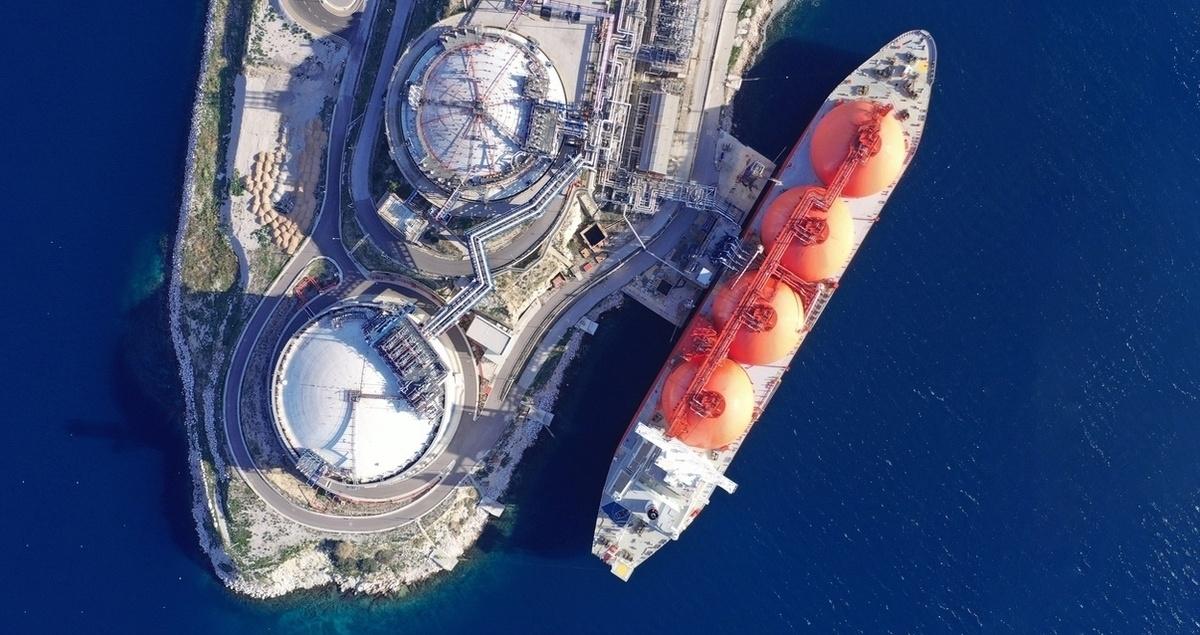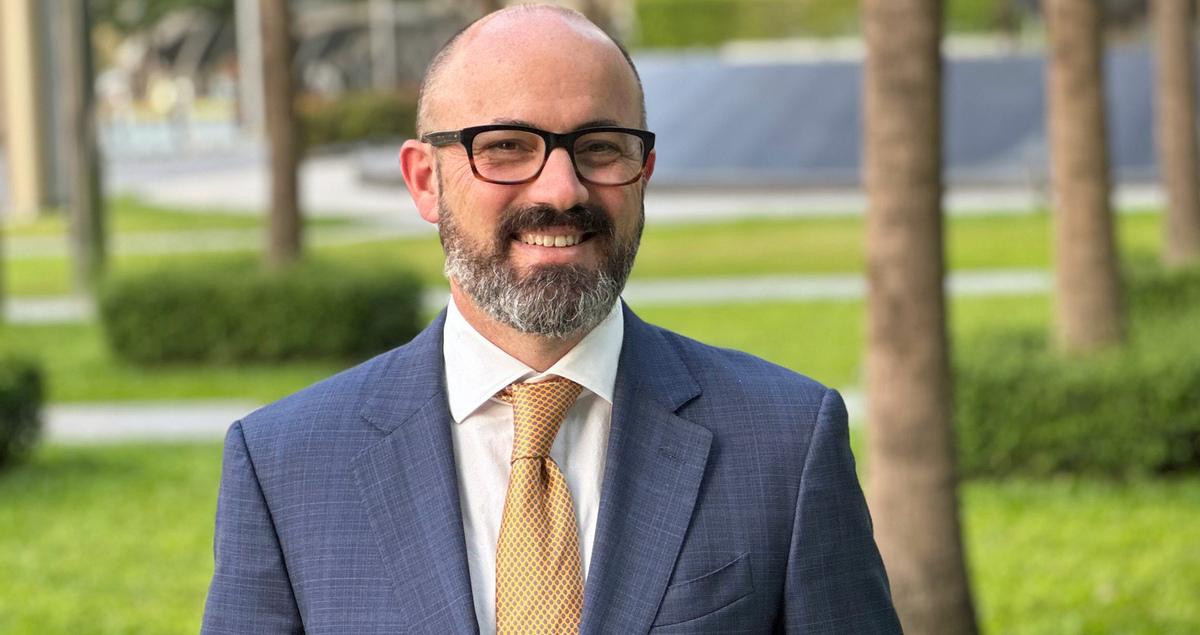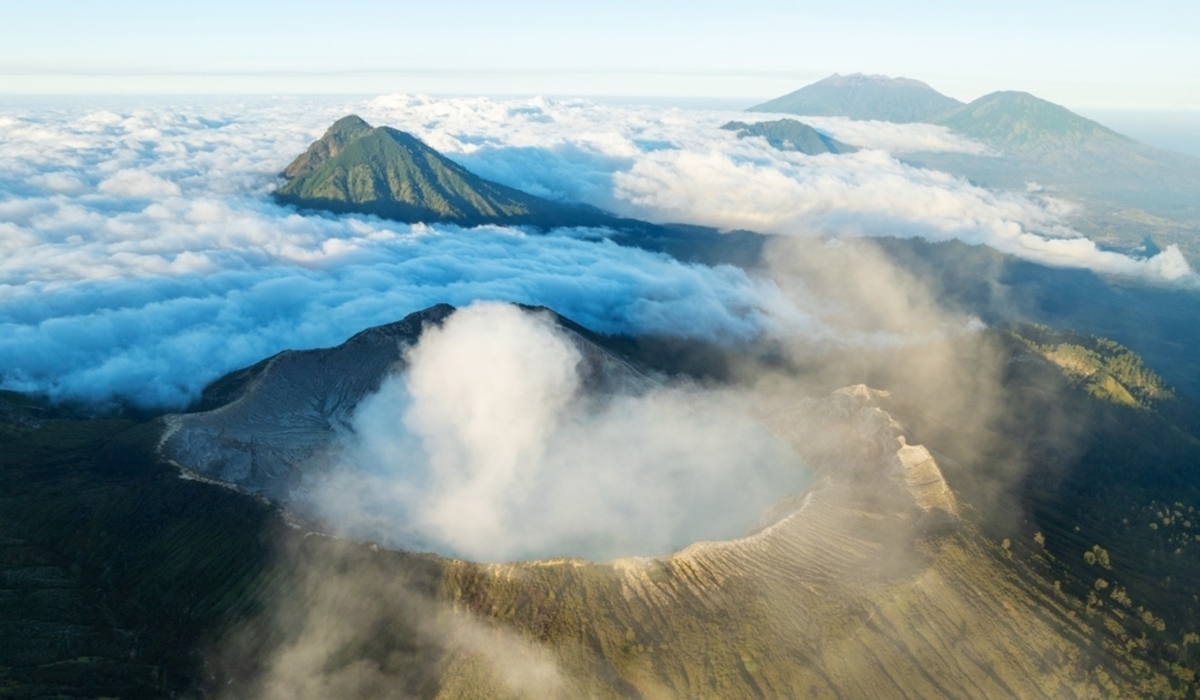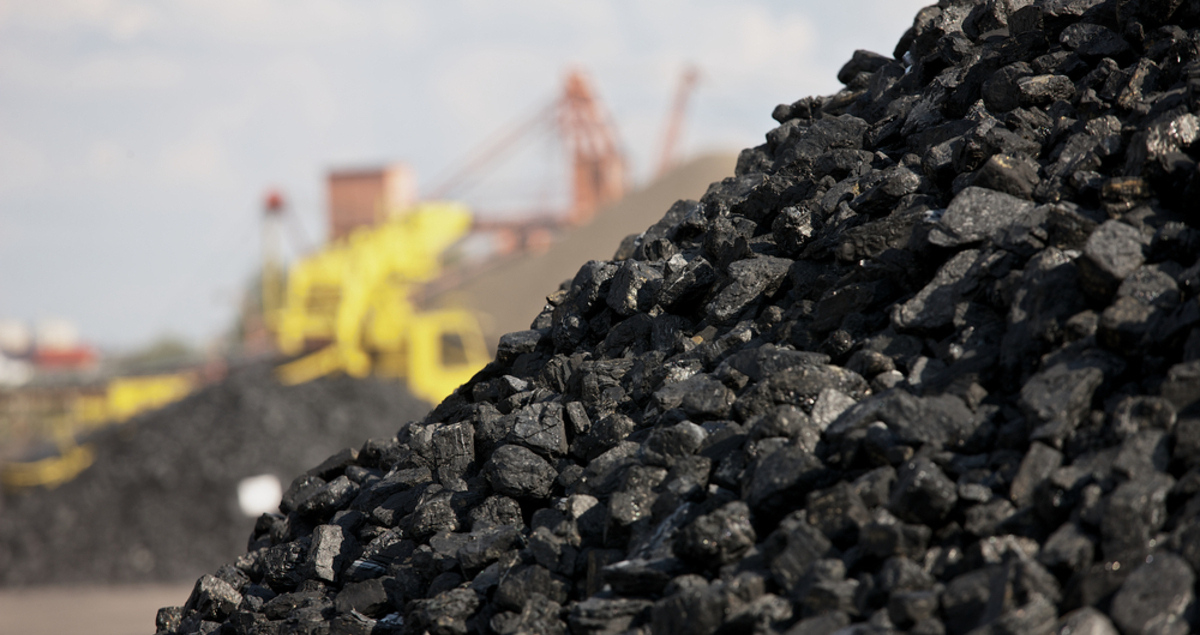Natural gas: building a bridge for Asia's energy transition

By 2050, the Asia Pacific region will be the biggest contributor to the world’s growing primary energy demand, driven by its growing population and economy. To nevertheless achieve its targets to drastically reduce air pollution and greenhouse gas emissions, the region must wean itself off its main fuel of choice to date – coal.
Natural gas and CO₂ capture technologies will play a vital part in helping Asia move away from coal and pave the way to decarbonization, says Paul Everingham, CEO of Asia Natural Gas and Energy Association (ANGEA), which supports the region in its energy transition. Together, they will be key to creating a circular CO₂ economy over the coming decades – an important stepping stone as the region continues to pursue greener alternatives.

Asia Pacific’s energy demand is growing dramatically
“Many people think that coal consumption peaked in the 1970s. In reality, it still hasn’t peaked. 2022 saw the largest global volume of coal used in thermal power generation in human history. And 2023 could be even bigger,” Everingham points out.
Asia is the biggest driver of this increase. Close to half the region’s current energy needs are still met by coal, according to the GECF (Gas Exporting Companies Forum). Moving away from coal will be vital to cutting greenhouse gas emissions in growing economies, particularly given the expected increase in global energy demand by 2050 in the region.
The region is deeply impacted by climate change, and burning fossil fuels is also contributing to deteriorating air quality. But transitioning away from coal – which is cheap and widely available – to renewables will be challenging, Everingham states.
A question of resources
Everingham explains that the Asia Pacific region as a whole is a patchwork of countries with very different starting points for the energy transition. Some countries have the right mix of natural assets to substitute coal with gas and renewable energy.
For example, India and China have vast areas of land suitable for solar power generation. Indonesia and the Philippines – situated on Asia’s volcanic “Ring of Fire” – can seek to utilize geothermal energy.
But others have few natural assets and energy resources they can leverage to leapfrog to more environmentally friendly technologies, Everingham highlights.
“In large parts of Southeast Asia, there isn't a significant wind resource. For instance, Singapore, Malaysia and Indonesia are close to the equator. The wind doesn't blow very much, and when it does, it's usually temporary,” Everingham says. “The other problem is humidity; the atmosphere in much of Southeast Asia tends to create cloud cover most days and so solar can be restricted.”
In the absence of a strong single source of green energy, many of the countries will seek to follow the example of Japan and deploy a portfolio of energy sources. Natural gas will feature prominently as a transition fuel, replacing coal in the short to medium term. In the longer term, some countries will continue to rely on gas when there is not enough renewable and low-carbon energy supply to meet growing demand.
This also reflects the views of the International Energy Agency (IEA), which sees a role for natural gas in paving the way to renewables-led energy mixes and as a backup power source.

More natural gas and CO₂ capture needed
While it is a fossil fuel, natural gas emits considerably fewer greenhouse gases than coal. The carbon dioxide produced per unit of energy is only about half compared to coal technology, according to the US Energy Information Administration.
Moreover, technologies such as carbon capture, utilization and storage (CCUS) can be deployed to take CO₂ out of the flue gases of thermal power generation or industry. Bolting CO₂ capture onto a fossil fuel power station can reduce its CO2 emissions by more than 95%, the British Geological Survey says.
The IEA has described CCUS as “a key pillar of efforts to put the world on the path to net-zero emissions”. In the longer term, natural gas can also be blended with carbon-free and low-carbon fuels such as hydrogen and ammonia in power generation, and ultimately replaced by them.
However, for now, there is not enough natural gas for a far-reaching transition in Asia Pacific, Everingham points out. Natural gas is currently more expensive than coal – a fact that has been exacerbated by the global energy crisis. While prices have come down since last year, Asia needs more affordable prices to make the leap.
That said, Everingham expects more natural gas to become available over the next two years as LNG exports expand, and for prices to stabilize.

Targeting a circular carbon economy
Another potential stumbling block in switching from coal to gas in Asia Pacific is that new natural gas projects face regulatory restrictions and, increasingly, a lack of funding.
Everingham points out that while these measures might appear to have the intention of discouraging continued fossil fuel production globally, they are inadvertently affecting the transition away from coal in some of Asia’s emerging markets. Initiatives such as retrofitting or converting coal plants and building CCUS facilities or LNG terminals may all be impacted.
ANGEA and MHI share the vision of an end-to-end circular CO₂ economy
What is more, financial and regulatory support is crucial for ANGEA’s vision of a closed-loop, end-to-end circular carbon economy. Fundamental to this will be accelerating the uptake of CCUS and the ability to transport captured CO₂ between countries.
Emerging markets such as Indonesia, Malaysia, Thailand and East Timor, alongside heavyweights such as Australia, are keen to turn themselves into CCUS hubs. They are hoping to use depleted oil and gas fields and saline aquifers to store CO₂. At the other end of the spectrum, big emitters such as China, Japan, Singapore and Korea could be in the market for storage services of this kind.
However, as it stands, CO₂ transportation would fall under the London Protocol, an international treaty that currently prohibits cross border transportation of certain materials. ANGEA is now working on resolving this issue and others like it as they seek to produce an Asia Pacific Cross Border Carbon Framework.
Enabling a fair energy transition
Everingham argues that once the key issues are resolved and a framework for managing CO₂ transport and storage has been implemented, this could become a significant growth opportunity for emerging economies in the region.
“Emerging economies in Asia Pacific are only just starting to experience what you might call their ‘time in the economic sunshine’, their ‘Industrial Revolutions’. They want to make the most of this opportunity, while also effectively reducing their carbon output.
“Natural gas will play an important role in ultimately enabling a fair transition to net zero within the limits of their natural resources, economic capacities and environmental responsibility,” Everingham concludes.
Discover more about MHI’s vision for a net-zero world here





